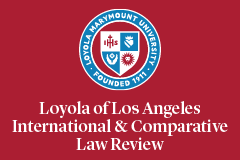Abstract
If you are an activist protesting against the high costs of living, we would like to offer you one suggestion: do not demand that the government reduce consumption tax. Social activists tend to believe that a government policy reducing consumption tax can, by itself, benefit the general population. This paper explains our suggestion to the contrary.
The tax field alone is insufficient for consumption tax reduction to be effective in increasing consumer wealth over benefiting suppliers. Due to cognitive biases, or heuristics, when the government changes consumption tax rates in order to increase consumers’ well-being, suppliers are able to fix market prices above the normal equilibrium prices; this is especially true with low-priced and necessity goods.
This article examines four product price display regimes as possible solutions to this problem: (1) the tax inclusive pricing rule, common in EU countries, requiring suppliers to include the tax in the display price of each product; (2) the tax exclusive pricing rule, common in North America, permitting suppliers to display the price of each product without the tax amount; (3) the net and total price rule, which we suggest as the preferable solution, requiring suppliers to present net and final prices for each product; and (4) the comparative net and total price rule, which is very similar to the net and total price rule but with the addition of comparative data and is more costly to apply.
Among these four different product price display regimes, the net and total price rule is ultimately preferable as it effectively reduces the influence of heuristics at a minimal cost, which thereby best promotes distributional justice and economic efficiency.
Recommended Citation
Limor Riza and Noam Sher,
Why Should We Not Protest For Consumption Tax Reduction? Consumption Tax Rate as a Partial Mechanism For Increasing Consumer Wealth,
36 Loy. L.A. Int'l & Comp. L. Rev. 383
(2015).
Available at: https://digitalcommons.lmu.edu/ilr/vol36/iss3/2


